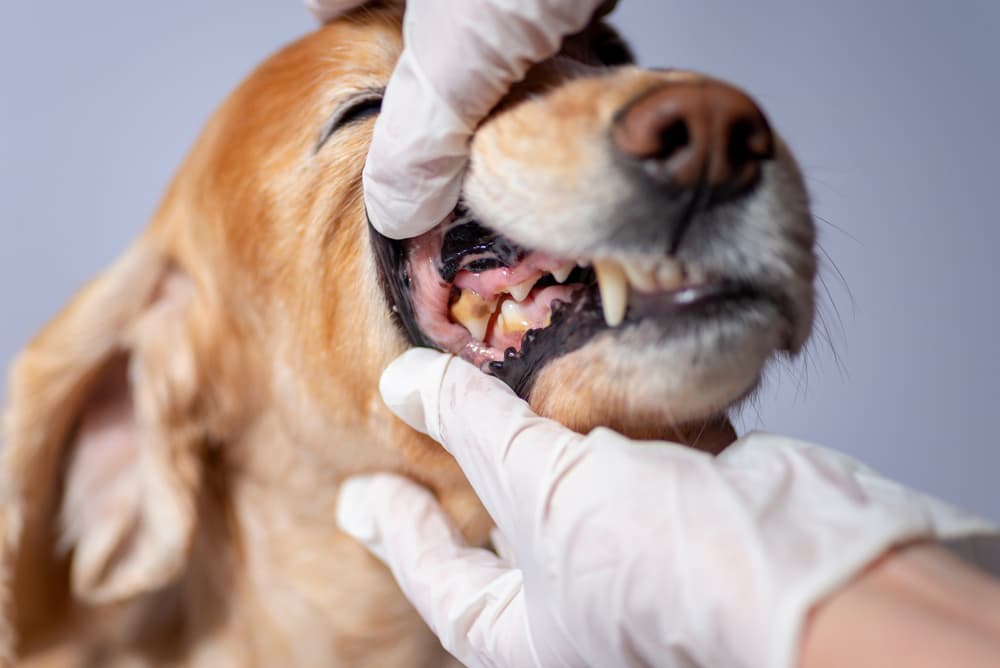Introduction
“What causes hemolytic anemia in dogs?” is a pivotal question in veterinary medicine. Hemolytic anemia in canines is a complex condition characterized by the accelerated destruction of red blood cells, posing significant health concerns. Understanding the diverse array of factors contributing to this disorder is essential in effective diagnosis and treatment.
Exploring the Underlying Triggers
Hemolytic anemia in dogs stems from various intrinsic and extrinsic factors. Understanding these triggers aids in unraveling the multifaceted nature of the condition.

- Immune-Mediated Factors: A prominent cause of hemolytic anemia in dogs involves an abnormal immune response, where the immune system erroneously targets and destroys the body’s red blood cells. This immune-mediated destruction can be primary or secondary, triggered by underlying infections, autoimmune disorders, or drug reactions.
- Infectious Agents: Pathogens such as bacteria, viruses, and parasites can induce hemolytic anemia in dogs. Diseases like babesiosis, ehrlichiosis, and leptospirosis are known culprits in initiating hemolysis, leading to anemia.
- Toxins and Medications: Certain toxins, including onion, garlic, and some medications, can trigger the destruction of red blood cells in dogs, contributing to the development of hemolytic anemia.
- Genetic Predisposition: Inherited conditions, such as hereditary hemolytic anemias, can be observed in specific breeds, highlighting a genetic predisposition to this disorder.
References from Reputable Sources
- National Center for Biotechnology Information (NCBI) – Furlanello T, Fiorio F, Caldin M, Lubas G. “Hemolytic anemia in dogs: retrospective study and literature review.” In Veterinary Research Communications. 2005; 29 Suppl 2:93-6.
- American Veterinary Medical Association (AVMA) – Weiss DJ. “Immune-mediated hemolytic anemia.” In Veterinary Clinics of North America: Small Animal Practice. 2013; 43(4): 809-822.
- World Small Animal Veterinary Association (WSAVA) – Reimer ME, Troy GC. “Anemia: an overview of causes, mechanisms, and diagnosis.” In Compendium on Continuing Education for the Practicing Veterinarian. 2000; 22(3):178-88.
- American Veterinary Medical Association (AVMA)

